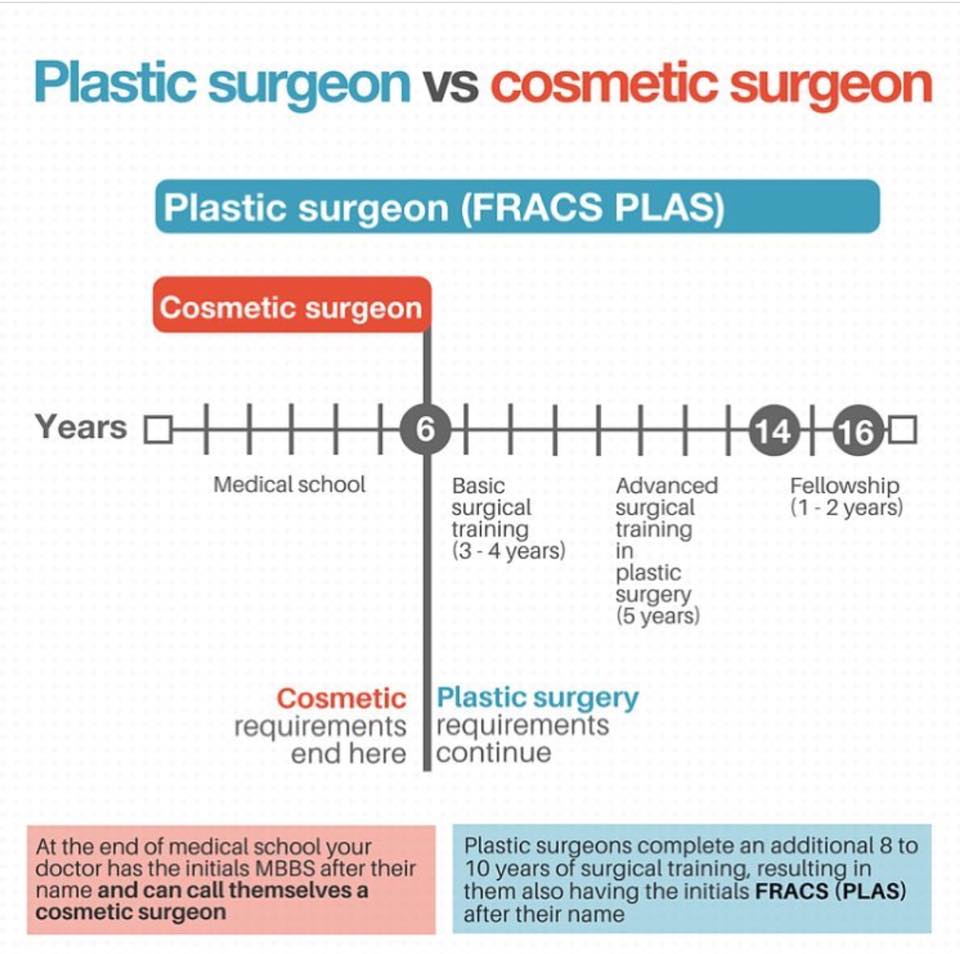Acne Treatment - What Are AHAs in Acne Treatment?
AHAs are a vital active ingredient for unclogging pore obstructions and lightening up acne-prone skin. They function by breaking down dead skin cell build-up to promote newer, fresher cells, and preventing future obstructions.
Developing topical AHAs demands thorough attention to different crucial aspects that significantly impact their effectiveness and tolerability. Preserving the ideal pH array, in addition to lorry selection and concentration, enhances their exfoliative qualities while minimizing possible adverse reactions.
Glycolic acid
Glycolic acid is understood for its moderate yet efficient scrubing properties, which promote skin's natural dropping and loosen up the "adhesive" that holds dead cells externally of the skin. This aids unblock pores and decrease the appearance of fine lines and wrinkles, as well as improve general skin structure and tone.
Remarkably, topical glycolic acid has actually additionally been revealed to boost the manufacturing of collagen, which is essential in keeping skin's suppleness and flexibility. It is important to note, however, that since glycolic acid can promote the skin's sensitivity to sunlight, it is necessary to use sunscreen when utilizing any type of products including this component.
Skin specialists pay cautious interest to the formula of products including AHAs in order to optimize their efficacy and tolerability. Formulating AHAs with the suitable car, along with pH and concentration considerations, allows for optimal skin infiltration while decreasing possible damaging responses. This is especially important for individuals with sensitive skin, because AHAs are understood to be mildly irritating.
Lactic acid
Lactic acid is found in many non-prescription skin treatment items and some more powerful expert peels and treatments. It has the lowest molecular weight of all the AHAs and has the ability to pass through much deeper right into the skin, where it is much more effective at unclogging pores and exfoliating.
Like glycolic acid, it additionally boosts collagen synthesis, which assists decrease fine lines and wrinkles and boost skin appearance. Furthermore, it has moisture-retention homes, which makes it more suitable for drier skin kinds than various other AHAs.
The extensive body of medical data confirming the efficiency of topical AHAs supports their utility in a wide range of skin-related conditions and aesthetic concerns. These consist of complex skin renewal procedures, depletion of great lines and wrinkles, lightening of hyperpigmentation, therapeutic treatment for actinic keratosis, and acne administration [2] Enhancing the formulation of AHAs by stabilizing pH, focus, and car selection better improves their therapeutic possibility. These cautious considerations enable skin doctors to provide safe and reliable therapies that provide premium scientific results.
Mandelic acid
Mandelic acid, stemmed from almonds, is an additional member of the AHA family members and is a preferred ingredient in items that assist treat acne. Its bigger molecular size means it passes through the skin much more gradually and delicately, which can decrease the potential for irritability. It's also much less likely to trigger soreness and other skin level of sensitivity concerns, making it suitable for delicate skin types.
Mandelic Acid is believed to help in reducing inflammation and increase beverly hills rejuvenation center hydration. It works by loosening up the bonds between dead skin cells, permitting them to drop and disclose fresher-looking skin. It likewise helps reduce the appearance of bigger pores.
Developing topical products with AHAs needs a precise equilibrium of essential variables that considerably influence their effectiveness and tolerability. In particular, the pH of an AHA formula has been shown to play a critical function in its ability to advertise exfoliation and improve complexion and structure. Attaining this ideal focus is a challenging objective and requires careful interest to the numerous elements that influence the formulation procedure.
Citric acid
Citric acid, found in citrus fruits such as oranges and lemons, is a moderate AHA. It's much less annoying than glycolic or lactic acid, making it preferable for sensitive skin. It additionally has astringent residential or commercial properties, aiding to dry out excess oil.
Like various other AHAs, citric acid can be made use of in chemical peels and everyday active/maintenance therapies to exfoliate the skin and advertise cell turn over. It can help in reducing the look of dark areas and hyperpigmentation, along with fine facial lines.
It can additionally increase the synthesis of glycosaminoglycans, which play a crucial duty in strengthening the skin obstacle function. This assists to avoid trans-epidermal water loss, and preserve optimum hydration levels in the skin [35]
AHAs can be integrated with soothing components such as ceramides or hyaluronic acid to boost their tolerability. They can be incorporated into day-to-day active/maintenance skincare with lotion or serum formulas. This enables experts to tailor their AHA treatments based upon person needs and preferences, with the versatility of choosing from various therapy intensities or concentrations.

Comments on “When To See A Doctor For Adult Acne”